In the realm of materials science, few innovations have captured the imagination and potential of engineers and designers quite like carbon fiber composites. The remarkable properties of carbon fibers, when combined with polymers or other reinforcing materials, have led to their widespread adoption in various industries. This article explores the application of carbon fiber composite materials in three distinct fields: Aerospace, Automotive, and Sports Equipment.
1. Aerospace
The aerospace industry demands materials that are not only lightweight but also possess exceptional strength and durability. Carbon fiber composites have emerged as a game-changer, revolutionizing aircraft design and construction. The unique characteristics of carbon fibers, including high tensile strength, low weight, and resistance to corrosion, have made them an indispensable choice in aerospace applications.
1.1 Aircraft Structures
Carbon fiber composite materials are employed extensively in the construction of aircraft structures, significantly reducing overall weight while maintaining structural integrity. The Boeing 787 Dreamliner stands as a testament to this application, with approximately 50% of its primary structure composed of carbon fiber composites. This reduction in weight translates to increased fuel efficiency, longer flight ranges, and reduced operational costs.
1.2 Spacecraft Components
Carbon fiber composites are also making their mark in space exploration. The lightweight nature of these materials is especially advantageous when launching payloads into space. Components like payload fairings, which protect satellites during launch, are often constructed using carbon fiber composites due to their ability to withstand the intense vibrations and thermal stresses of launch while remaining comparatively lightweight.
1.3 Improved Efficiency and Performance
The aerospace industry is not only about weight savings but also improved efficiency and performance. Carbon fiber composites can be precisely engineered to exhibit specific mechanical properties, making them ideal for components like fan blades and turbine structures in jet engines. These materials can operate in extreme conditions, including high temperatures and rapid pressure changes, without compromising their structural integrity.
2. Automotive
The automotive industry has undergone a significant transformation in recent years, as environmental concerns and the quest for increased efficiency drive innovation. Carbon fiber composite materials have found their way into the heart of automotive design, reshaping vehicles for a more sustainable future.
2.1 Lightweighting for Electric Vehicles
Electric vehicles (EVs) are at the forefront of the automotive revolution, and carbon fiber composites play a vital role in their development. EVs rely on lightweight structures to maximize battery efficiency and extend driving range. Carbon fiber materials provide the necessary balance between weight reduction and structural integrity, contributing to the success of EVs on the market.
2.2 High-Performance Supercars
Carbon fiber composites have long been associated with high-performance vehicles, particularly supercars. Their combination of lightness and strength enhances acceleration, handling, and overall performance. Manufacturers like McLaren and Bugatti utilize carbon fiber extensively in their supercar designs, resulting in vehicles that push the boundaries of speed and innovation.
2.3 Sustainability in Manufacturing
Beyond performance, carbon fiber composites offer a sustainable advantage in automotive manufacturing. These materials can be recycled and reused, reducing the environmental impact of vehicle production. Moreover, by decreasing a vehicle’s weight, carbon fiber composites contribute to lower fuel consumption and reduced emissions, aligning with the industry’s efforts to combat climate change.
3. Sports Equipment
Athletes constantly seek an edge over their competition, and carbon fiber composite materials have provided a way to enhance sports equipment in ways previously unattainable.
3.1 Tennis Rackets and Golf Clubs
Carbon fiber composite materials have revolutionized the world of tennis and golf. Rackets and clubs constructed with carbon fibers exhibit improved stiffness, enabling players to generate more power and control in their shots. Additionally, the lightweight nature of these materials reduces the strain on athletes during extended periods of play.
3.2 Bicycles and Sporting Gear
Carbon fiber composites have also made significant inroads in the cycling industry. Carbon fiber bicycle frames offer a balance between rigidity and flexibility, translating to smoother rides and enhanced maneuverability. In sports like snowboarding and skiing, carbon fiber materials are used to create lightweight yet sturdy equipment, allowing athletes to perform at their best while minimizing fatigue.
3.3 Protective Gear
Even protective gear has benefited from carbon fiber composites. Helmets and body armor can be constructed using these materials to provide superior protection without the added weight. This is crucial for athletes in high-impact sports, where safety is paramount.
Conclusion
Carbon fiber composite materials have undoubtedly transformed the way we approach design and engineering in aerospace, automotive, and sports equipment industries. With their exceptional strength-to-weight ratio, corrosion resistance, and tailor-made properties, these materials have become indispensable in crafting high-performance, lightweight, and efficient products. As research and development in material science continue, we can only anticipate even more groundbreaking applications of carbon fiber composites in a myriad of fields, pushing the boundaries of what is possible in engineering and design.
It has the advantages of light weight and high strength, chemical corrosion resistance, friction resistance, good toughness and high temperature resistance. % and 29%. , In this article, the editor will tell you about the application of carbon fiber composite materials in these three fields.
- Field: It is the most traditional application market, and carbon fiber was first used in this area when it was first developed. Carbon fiber composite materials used in aircraft can generally be divided into two categories. One is C/C composite materials, which are used in structural materials that are resistant to burning and high temperature, such as aircraft wingtips. Even if the temperature reaches 1000 degrees Celsius, it will not It will melt; the second is carbon fiber reinforced resin matrix composite materials, which are used to make hatches, pressure vessels, etc.
- Sports and leisure: surfboards, golf clubs, tennis rackets, ice hockey sticks, fishing rods, kite poles, and even ergonomic sneakers can use carbon fiber materials. Carbon fiber sports goods, light weight, easy to use, good fatigue resistance, so that it will not deform after working for a long time, and will not deform when pulled or impacted by external forces.
- Industrial Applications: Its applications in this area are industrial parts, automobiles, hull components. Let’s talk about carbon fiber auto parts. Carbon fiber can be used in the rearview mirror, interior trim, license plate frame and rear wing of the car. The density is smaller than that of aluminum, so that the resistance of the car is small, and the strength is 5 times higher than that of steel to ensure the safety of passengers. In the field of biomedicine, carbon fiber is often used to make artificial limbs, artificial ligaments, and medical bed boards; in the military field, carbon fiber can be used in submarines, armored vehicles, special forces helmets, and missiles; in musical instrument audio, it can also be processed into violins, Bowstrings, guitars, etc. It is believed that the application will be more extensive in the future.
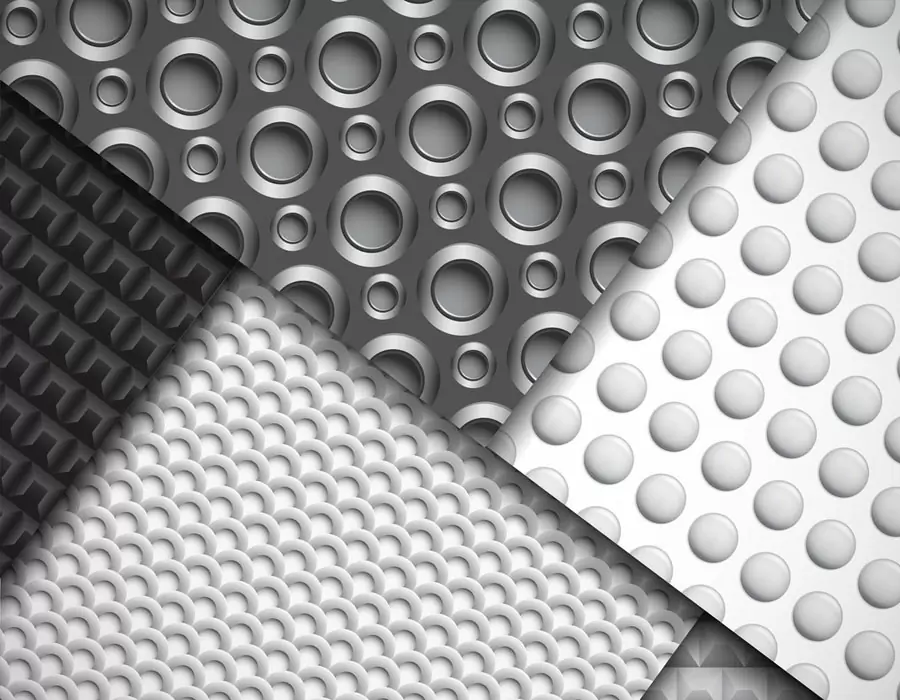
ISO 9001 certified. BE-CU Prototype Offering CNC machining carbon fiber and other manufacturing services for carbon fiber marterial. Various capabilities include notching, labeling, drilling carbon fiber, grinding, laser cutting carbon fiber, finishing, plating, marking, CNC milling carbon fiber and turning carbon fiber.We stock high quality 3k carbon fiber sheet in a variety of thickness, types and finish. Its a great material used in applications where light weight and strength are needed such as drones. Unlike other workshops, we have no min order and are often filling orders with a single part. We also don’t make you pay for the full sheet and you only get charged for what is used. With a large selection of material, you should find everything you need to make your project come to life. We are also able to handle larger production runs and provide a competitive pricing. If we don’t have the material or finish you require, we are more the willing to look at bringing it in for you.
What Is Carbon Fiber?Carbon fiber is made of polyacrylonitrile (PAN) (or pitch, viscose) and other organic fibers by carbonization (removal of most elements except carbon) by pyrolysis method under inert gas at high temperature above 1,000 °C. Inorganic polymer fibers with a carbon content of more than 90%.
-

3D Printing Continuous Fibres
-

3D Printing Short Fibre Filled Wires
-
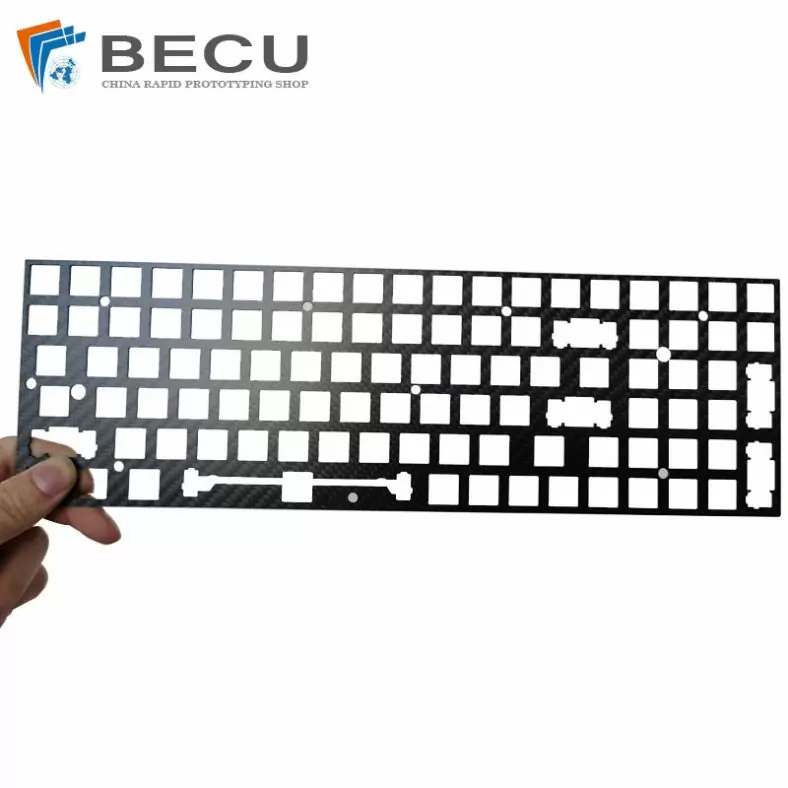
Laser Cutting Carbon Fiber Positioning Keyboard
-

Cnc Turning Industrial Copper-Aluminum Clad Carbon Fiber Machinery Parts
-
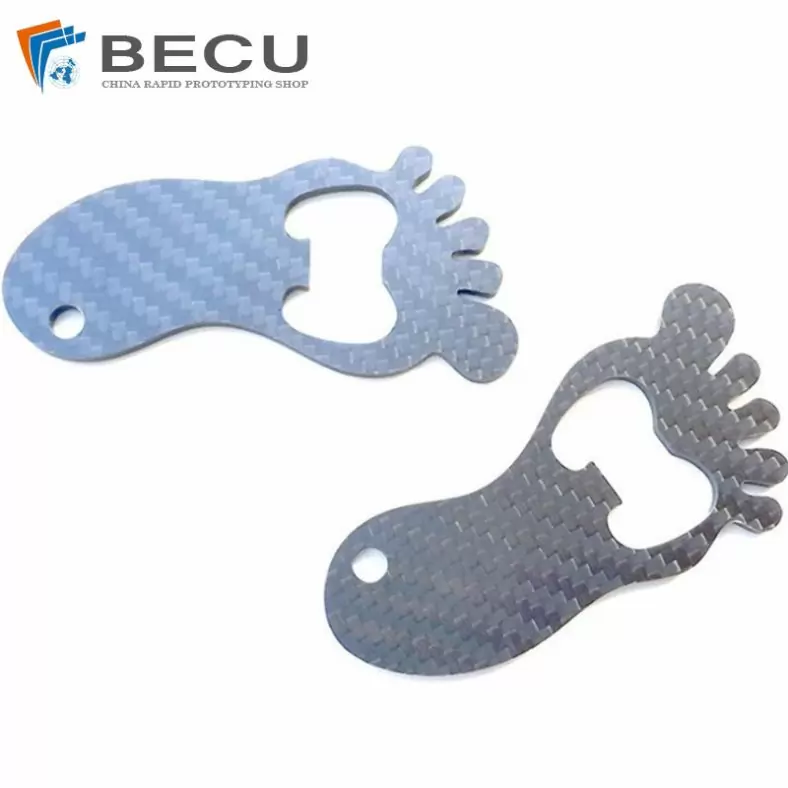
Carbon Fiber Luggage Tag Ornaments
-
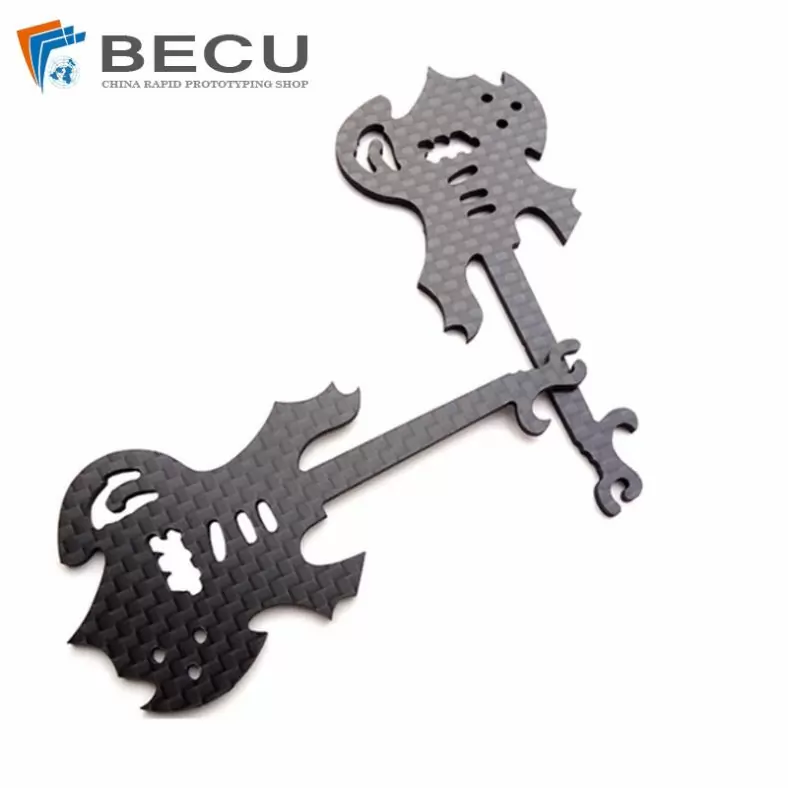
Laser Cutting Carbon Fiber Guitar Shape Crafts
-
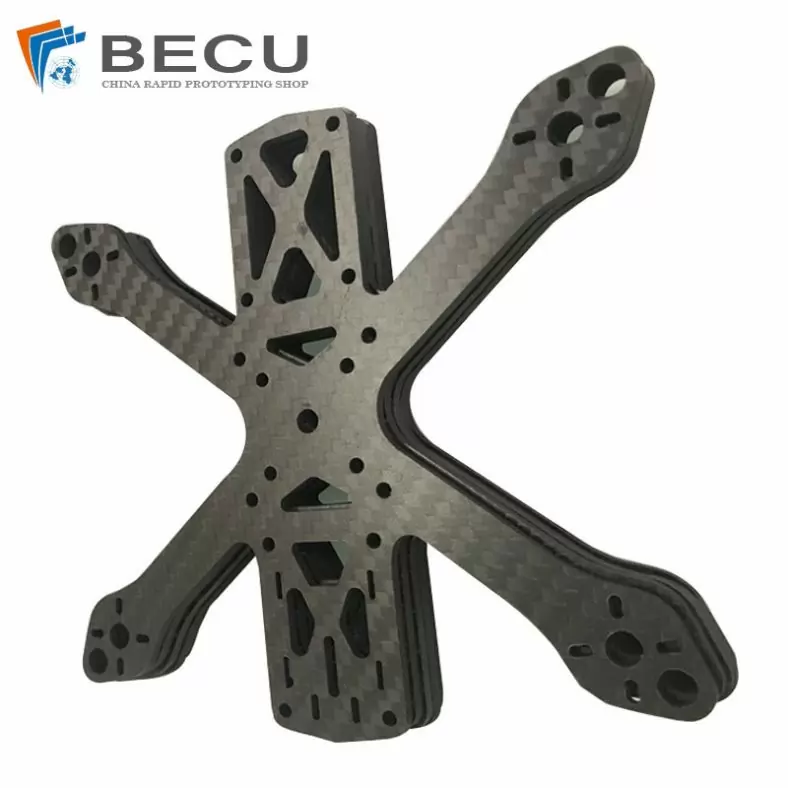
Laser Cutting Carbon Fiber Drone Rack
-
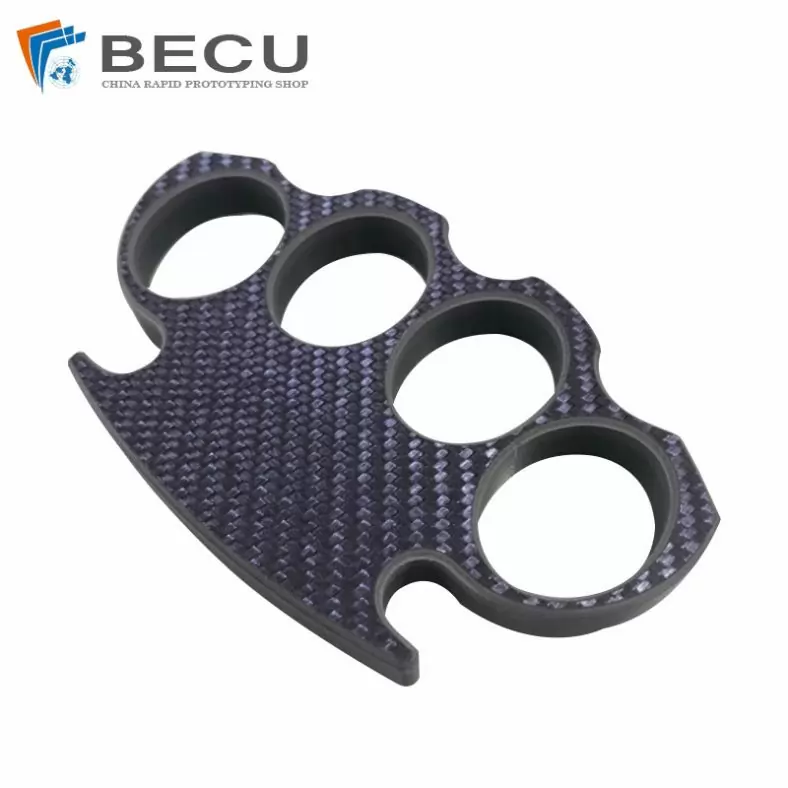
Cnc Milling Carbon Fiber Finger Buckle
